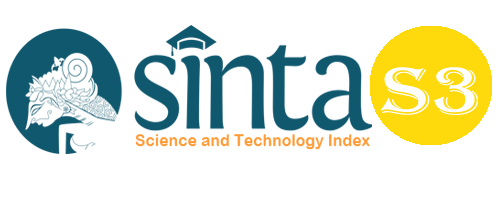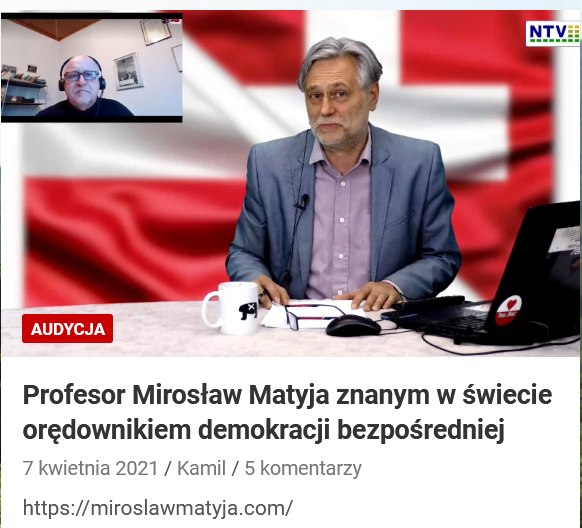Implications and Presupositions in Michelle Obama's Speech: A Pragmatics Study
Abstract
This study purposes to describe and observe the types of implicatures found in speech of Michelle Obama within the Democratic National Convention in 2020. Based on analytical methods and procedures the data, this study uses a qualitative method and descriptive approach, since the production of described data is in the form of written or spoken words by using the transcription. The data in this study are implicature utterances of Michelle Obama in 2020 aired in national media. The main theory of this research is Yule (2006) regarding to implicature categories and presupposition. The data were collected using the manual method of listening and note taking. This method is realized by using basic techniques and advanced techniques. The basic technique used is tapping technique as the video may be replayed several times. While the advanced technique used is the free-involvement listening technique, recording technique and note-taking technique. Based on the results of the analysis found 4 types of implicatures used in speech, yet the whole data analyzed shows only two categorizes; generalized and particularized conversational implicature. Based on the data analysis, there are 78% data show the generalized conversational implicature, while the rest 22% leads to particularized conversational implicature. It can be inferred that Michelle Obama speech in Democratic National Convention in 2020 applied generalized conversational implicature.
Keywords
Full Text:
PDFReferences
Brown, H. Douglas. (2008). Prinsip Pembelajaran dan Pengajaran Bahasa. San Fransisco: Pearson Education.
Fromkin, Victoria. (1998). An Introduction to Language (6th Edition). Orlando: Hartcourt Brace College Publisher
Hasbullah, Hatta, M., and Arifin, Z. (2018). Communication Pattern of Wilayatul Hisbah, Lhokseumawe City in Implementing Amar Makruf Nahi Mungkar. Budapest International Research and Critics Institure Journal, Vol. 1, No. 4, 194-205.
Kridalaksana, Harimurti. (2005). Pembentukan Kata dalam Bahasa Indonesia.
Jakarta: Gramedia.
Legiansyah, Ginanjar., Supri, Ida Zuraida. (2020). Investigating Implicature in Illocutionary Acts Employed by Museum Guide And English Speaking Tourists. Vol. 4 No. 2 (2020): English Journal Literacy Utama. https://ejl.widyatama.ac.id/index.php/ejlutama/article/view/113
Mulyana. 2005. Kajian Wacana: Teori, Metode, dan Aplikasi Prinsip-Prinsip
Analisis Wacana. Yogyakarta: Tiara Wacana.
Nadar, FX. (2009). Pragmatik & Penelitian Pragmatik. Yogyakarta: Graha Ilmu
Parera, J. D. 2004. Teori Semantik (2nd). Jakarta: Erlangga
Purwo, B. (2001). Linguistik Indonesia. Jakarta: Gunung Agung
Rahardi, Kujana. (2005). Pragmatik Kesantunan Imperatif Bahasa Indonesia.
Jakarta: Erlangga
Retnosari, E. I. (2014). Presuposisi dan Implikatur dalam Mr. Pecut Pada Jawa Pos Vol.63. Surabaya: Pascasarjana Universitas PGRI Adi Buana Surabaya.
Rustono. (1999). Pokok-pokok Pragmatik. Semarang: CV IKIP Semarang Press
Sari, Retno. (2017). Konstruksi Makna Cantik Bagi Mahasiswi Universitasriau Berkulit Cokelat. JOM FISIP Vol. 4 No. 1 Februari 2017. https://123dok.com/document/y9r9xgwy-jom-fisip-vol-no-oktober-page.html
Tarigan, Henry Guntur. (1986). Pengajaran Sintaksis. Bandung: Angkasa.
Wijana. (2009). Analisis Wacana Pragmatik. (Kajian Teori dan Analisis). Surakarta: Yuma Pustaka
Yule, George. (2006). Pragmatik. Yogyakarta: Pustaka Pelajar
DOI: https://doi.org/10.33258/birci.v5i3.5988
Article Metrics
Abstract view : 20 timesPDF - 52 times
Refbacks
- There are currently no refbacks.

This work is licensed under a Creative Commons Attribution-ShareAlike 4.0 International License.

This work is licensed under a Creative Commons Attribution-ShareAlike 4.0 International License.

_.gif)

















_.gif)



